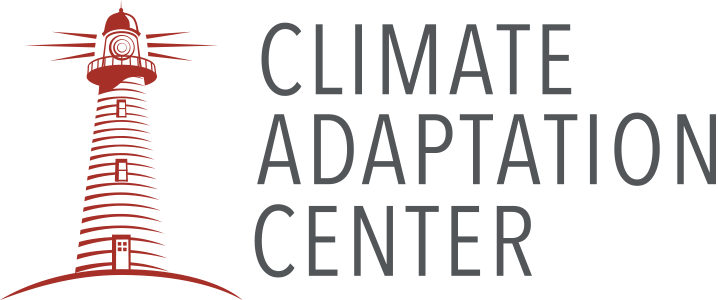Florida has always adapted the hard way — by doing. From restoring the Everglades to buying land for wildlife corridors, our state’s patchwork of solutions reflects a simple truth: the science is local and the work is costly. That’s why recent federal funding cuts that ripple through the climate tech and resilience ecosystem matter to every coastal community and conservation project here in Florida.
This summer’s reporting shows an uneasy moment for Florida’s climate innovation scene: startups, university labs, and local pilot projects are feeling the squeeze when federal support tightens. For a place where sea-level rise is already forcing engineering tradeoffs and where fragile springs, marshes and mangroves provide essential natural defenses, those dollars are more than seed money — they are the bridge between research and on-the-ground adaptation. (PBS)
Why that matters for biodiversity: nature-based adaptation projects — living shorelines, restored wetlands, connected corridors that let species shift their ranges — need sustained, multi-year investment. Short funding windows or sudden program cuts interrupt monitoring, stall restoration contracts, and raise transaction costs for conservation purchases. When money vanishes mid-project, ecological outcomes suffer and taxpayers can end up paying more for the next emergency fix.
There is a silver lining: local and academic capacity remains strong. University teams and municipal partners are still designing promising hybrid responses — pairing traditional seawalls with green infrastructure, modeling groundwater-flooding solutions, and piloting living shoreline projects. But those efforts need predictable funding and public-private mechanisms (grants, resilience bonds, matching funds, purchase incentives) to scale. The recent UF NSF grant to study groundwater flooding demonstrates what stable support can catalyze; without similar predictable streams, scaling remains slow and inequitable. (UFL News)
What should Florida do now? First, diversify revenue streams for resilience: combine federal and state grants with local infrastructure banks, philanthropic match programs, and municipal resilience bonds. Second, treat adaptation investments like long-term contracts — fund monitoring and stewardship, not only capital installs. Third, prioritize projects that jointly reduce risk and restore habitat, so each dollar buys both resilience and biodiversity benefits.
Join us at the 5th Annual Florida Climate Forecast Conference: Climate & Biodiversity—learn what’s working, meet the people doing it, and see solutions your community can use now.

